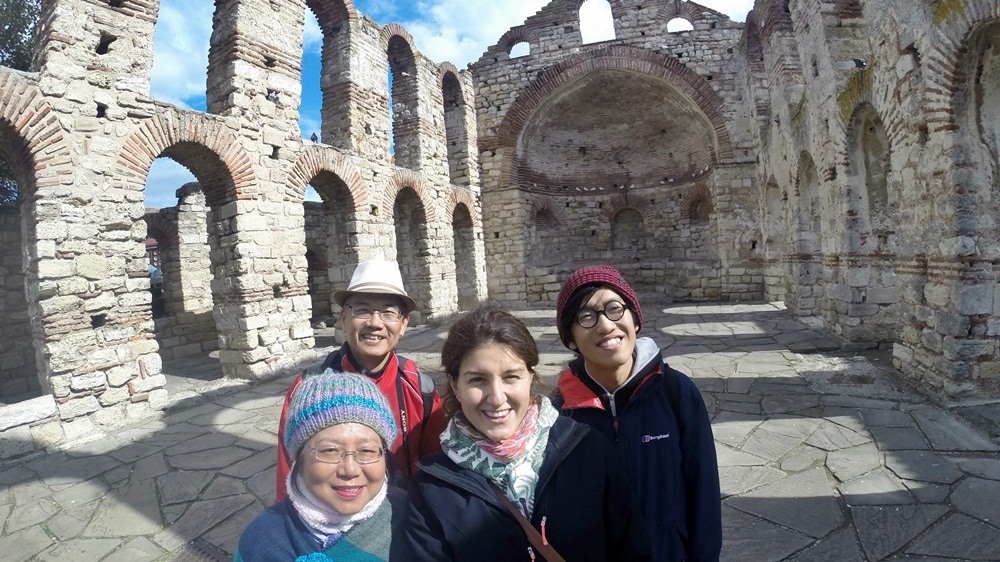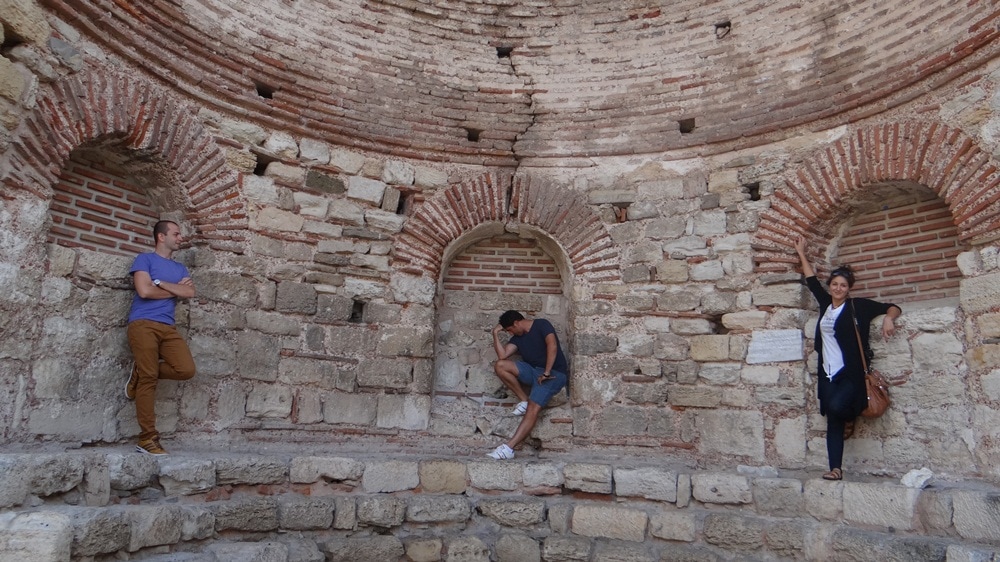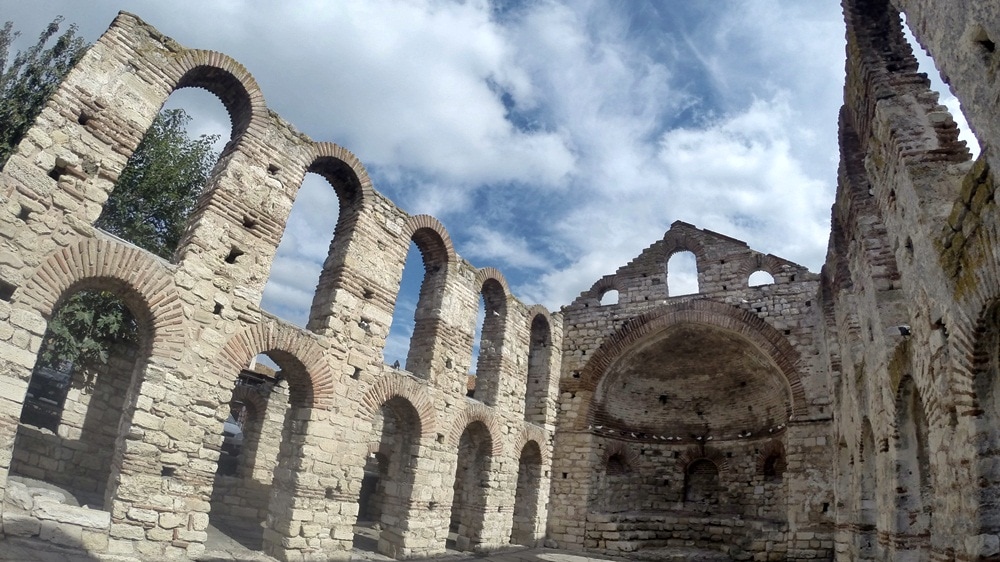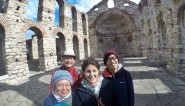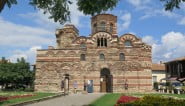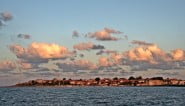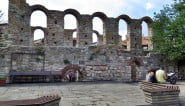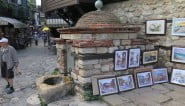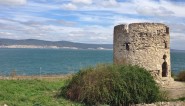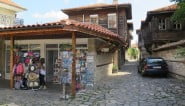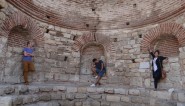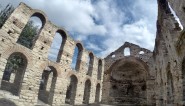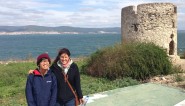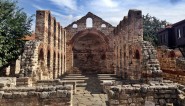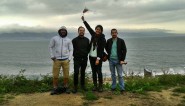The area is an architectural reserve. The churches conserved comprise the Saint Stefan, from the tenth century, the Saint Spass, from the seventeenth century, etc. The central church, Saint Sophia, spans 25 meters in length; formerly featuring a floor covered with diversely colored pebbles, dates far back to the fifth century. Saint Spass treasured the tombstone of a Byzantine princess.
Now the tombstone is in the town’s archeological museum. The Saint Stefanchurch in Nessebar, with murals painted in 1599, comprises 258 compositions in total depicting over 1,000 figures, and an originally styled iconostasis, is a museum site. Near it is Nessebar’s amphitheater.
For delving into the ethnography, the Ethnographic Museum invites. The building it is housed in, in the late Bulgarian revival style, was owned by an affluent merchant. It is in two stories. The windows look on the sea. Inside the museum, the salon features a woodcarved ceiling. The local national costumes exhibited shine in a colorful palette.
Combining tours in Nessebar with sunbathing and aquatic activities is great. Furthermore, annual festivals invite to add variety. The Constellations in Nessebar is an international art festival. For kids, the festival entitled “Sun – Joy – Beauty” is organized. Honey fans will enjoy the Honey festival in the end of August and beginning of September. A pop rock fest complements the diversity. Naturally, the town’s special holiday, August 15, features high, as the Day of Nessebar, when Annunciation of Holy Mother is commemorated.
Local cuisine should be sampled, with diverse dishes, among which fish is prominent. Fishermen provide fresh fish which is unsurpassed in scrumptiousness, grilled or fried. The holiday in Nessebar can be combined with sunbathing and diverse activities in the close by Sunny Beach resort, where modern hotels with amenities and recreation and entertainment opportunities invite right by the beach.


